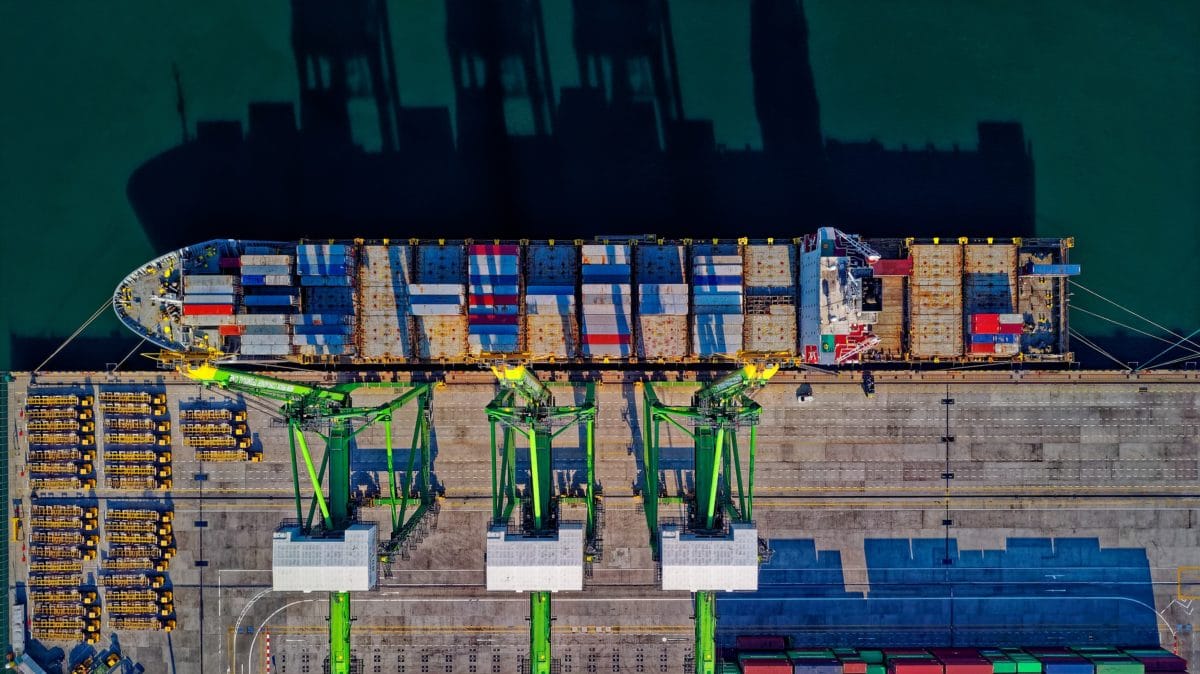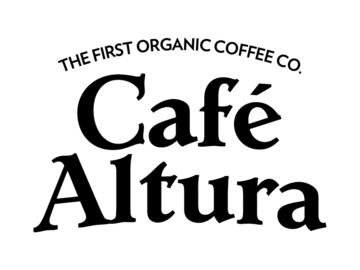
Coffee is a Commodity
Coffee is big business. With caffeine being the world’s favorite drug, and coffee being the world’s favorite way of getting it, entire global supply chains and markets have developed with the sole purpose of connecting people with their morning joe. In fact, coffee is the second most traded commodity in the world, only topped by oil. And coffee beans make many stops on their way to you, changing hands around ten times. In this post, we’ll break down the complex supply chain into its basic steps to hopefully help share a little bit more of an understanding of how many different people impact the final product.
Grower
The first stage in this system is the grower. Growers make decisions about what kinds of coffee to produce based on a variety of considerations including climate, viability, tasting qualities and profitability. With all this being taken into account, growers large and small have a very difficult task they undertake. Growing is one of the riskiest parts of the global coffee trade. Farmers have to overcome inclimate weather, diseases like coffee rust and wild price fluctuations, all while developing the budding characteristics of their beans. Choices at this stage will affect who will be interested in the product at other parts of the chain, as well as what they will do in order to see it through to the consumer.
Millers
Millers take the picked coffee fruit and separate the seed (aka bean) from its different layers of casing and achieving the desired moisture levels. By putting beans through wet, then dry milling, millers end up creating clean “green coffee” as their final product. It’s a process that is done some places uses traditional methods including manual sorting and the sun, and with complex machinery and algorithms in others. Millers have to take care that they get beans to the correct levels of moisture without degrading the product in order to set roasters and baristas up for success.
Exporter, Brokers and Importers
After milling, coffee can travel many paths before its roasted and many of them flow through traders. For coffee that isn’t Direct Trade, it will change hands multiple times as it goes from exporters in the country of the grower to international brokerages, before being purchased by importers who then sell it on to roasters. The world’s largest exporter of coffee is Brazil, followed by Vietnam and together, these two countries account for just over $8 billion (25% of total global exports). While this whole ecosystem of buyers and sellers and middlemen has been built up around the unifying aim of connecting roasters and consumers with the coffee they want, direct trade models skip these steps. A growing segment of the market, direct trade coffee involves roasters and importers dealing directly with growers and coops in hopes of creating better deals for both parties.
Roaster
Roasters source green coffee either through the distribution networks of brokers and importers or directly from farmers in direct trade. And that’s when the difficult part begins.Roasting is a highly technical process where precision is of utmost importance. The discipline is part art and science, with the goal of bringing out the best of the beans and giving consumers a unique and tasty experience. This is where smaller scale roasters, and those who take time to form relationships with growers, can shine. By taking the time to truly understand the beans and what has gone into them, they can make more informed decisions about how to roast.
Distributors and Coffee Houses
The second to last stop in the life of coffee is also the one with which people are most often familiar. As the ones who ultimately connect consumers with coffee, distributors and coffee houses play a curatorial role. The types of beans they select, in terms of both origin and flavor profile, have a real impact on choices consumers have and how they come to understand coffee. When major coffee houses make choices about what kinds of product lines and flavor profiles to promote (darker roasts can be one example) they can become the status quo to which all others are compared. Smaller, more independent coffeehouses then scramble to follow, buck trends to offer consumers an alternative or try to find some balance in-between. When done well, coffee houses and distributors can help advocate for amazing products and producers, while helping to introduce people to their new favorite thing.
End Consumer
And finally, the coffee ends up in its final hands, yours! Hopefully, this article has given you a slightly better understanding of all that surrounds the production and distribution of your coffee. With coffee having such a diversity of offerings, consumers are really given an opportunity to find products and brands that they enjoy, with values they support. Want coffee grown with minimal impact on the environment? There are products for you (Certified Organic or Biodynamic being just two). With these and many more, producers empower end consumers to invest in coffee that is both delicious and consistent with their ethos.So there you are, the global coffee trade made somewhat simple. Each step is complex enough that it should have an article all its own (and a few already do), but it’s our hope that by presenting them as a whole you can gain a better understanding for how each stage interacts with one another. Of course, it’s a whole system that only exists with the support consumers, so dive on in, keep getting informed and find amazing products worth supporting.
